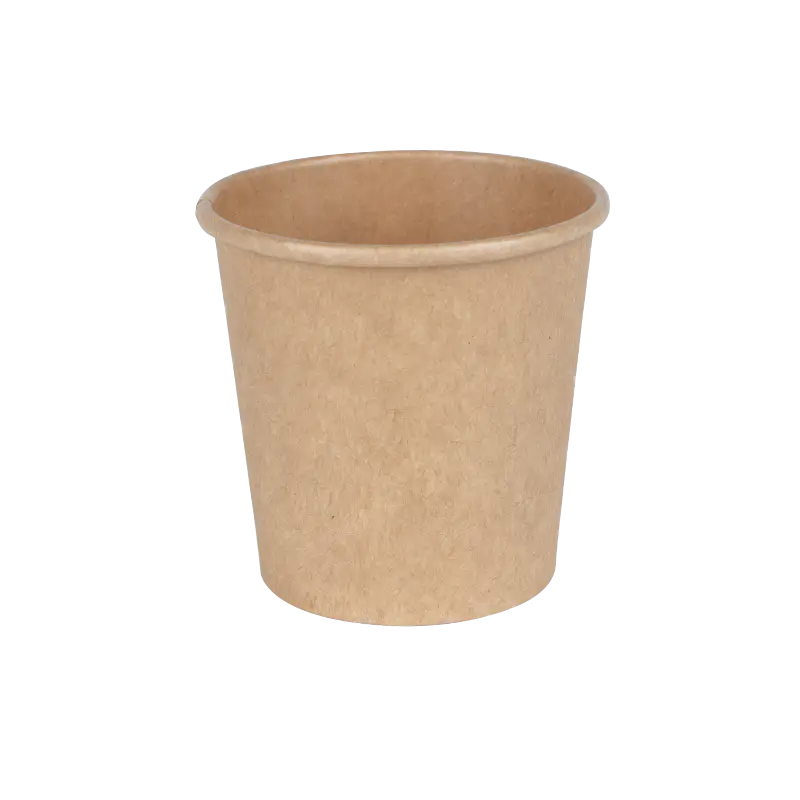You’ve probably held one today. They’re at coffee shops, office water coolers, and family gatherings. Disposable paper cups are a ubiquitous part of modern convenience, but how much do you actually know about them? From their surprising construction to the nuances of disposal, understanding these everyday items can help you make smarter, more sustainable choices.
More Than Just Paper: How Are They Made?
It’s a common misconception that paper cups are just folded paper. If they were, they would quickly become soggy and leak. The key to their functionality is a thin plastic or wax lining. Most standard hot paper cups are made from paperboard and lined with polyethylene (PE), a food-grade plastic. This layer acts as a barrier, making the cup waterproof and able to hold hot liquids like coffee and tea without failing.
For cold drink cups, the paper is often thinner. These are also lined with PE to prevent condensation from weakening the cup. You might also encounter cups with a polylactic acid (PLA) lining. PLA is a bioplastic typically made from corn starch or sugarcane, and it’s designed to be compostable under specific conditions.
Choosing the Right Cup: A Practical Checklist
Not all paper cups are created equal. Whether you’re hosting an event or just making a choice at a café, here’s what to consider:
-
Hot vs. Cold: This is the most critical distinction. Hot drink cups are made with thicker paperboard to provide insulation and prevent burning your hands. Cold cups are thinner and often have a waxier feel. Using a cold cup for hot liquid is a safety hazard as it can fail and burn you.
-
Size and Capacity: Standard sizes like 8 oz, 12 oz, 16 oz, and 20 oz are common. Consider the portion size and the likelihood of spills. For large events, smaller cups can reduce waste.
-
The Lining Material: This is crucial for disposal.
- Polyethylene (PE) Lining: The most common type. It is recyclable in theory, but very few municipal recycling facilities have the equipment to separate the plastic film from the paper. Therefore, most PE-lined cups end up in landfills.
- PLA (Compostable) Lining: These cups are labeled “compostable in commercial facilities.” They will not break down in a home compost pile or in a landfill. They require the high heat of an industrial composting facility to decompose.
-
Strength and Durability: A good cup should feel rigid and not buckle easily when squeezed. Look for cups with a reinforced rim for a more comfortable drinking experience and to prevent leaking.
The Environmental Question: Can Paper Cups Be Recycled?
This is the most complex and debated aspect of disposable paper cups. The answer is: rarely in conventional recycling.
The challenge is the plastic lining. Most recycling plants are designed to process clean paper. The mixed material (paper + plastic) contaminates the recycling stream. While the paper component is biodegradable, the plastic lining is not and can take decades to break down in a landfill.
So, what can you do?
- Check Local Guidelines: Always check with your local waste management authority. A handful of cities have advanced facilities that can process paper cups. When in doubt, throw it out (in the trash) to avoid contaminating an entire batch of recyclables.
- Look for Compostable Options: If you have access to industrial composting, seek out certified compostable paper cups. Remember, this is not a home composting solution.
- Reduce and Reuse: The most effective solution is to reduce consumption. Using a reusable cup is the single best way to minimize your environmental footprint. Many coffee shops even offer a discount for bringing your own mug.

Beyond Coffee: Creative and Practical Uses
While designed for drinks, paper cups have a host of other clever uses:
- Seed Starters: Poke drainage holes in the bottom, fill with soil, and plant seeds. The cup can be planted directly in the ground later, as it will biodegrade.
- Portion Control: Use small cups for snacks like nuts, berries, or yogurt to manage serving sizes.
- Paint Holders: Perfect for kids’ art projects. Use them to hold paint, rinse brushes, or mix colors. They’re easy to clean up or simply toss.
- Organizers: Use them to separate small items like buttons, screws, or beads in a drawer.
- DIY Crafts: From homemade lanterns to party decorations, paper cups are a staple for creative projects.
The Future of Disposable Paper Cups
Innovation is focused on improving sustainability. Researchers and companies are exploring new linings made from materials like clay and water-based resins that are easier to recycle or compost. The push for better waste infrastructure to handle compostable products is also growing. The goal is a truly circular economy where a disposable cup can be efficiently broken down and reused, rather than languishing in a landfill.
Making an Informed Choice
Disposable paper cups represent the intersection of convenience and environmental responsibility. While they are not perfect, understanding their composition, proper use, and disposal challenges empowers you to make better decisions.
The next time you reach for a paper cup, consider its journey. By choosing compostable options where facilities exist, supporting businesses with clear recycling policies, and opting for a reusable mug whenever possible, you can enjoy the convenience while minimizing your impact. It’s not about perfection, but about making more informed, conscious choices one cup at a time.


 English
English 中文简体
中文简体 عربى
عربى









